The Ocean Stone – Opening Event
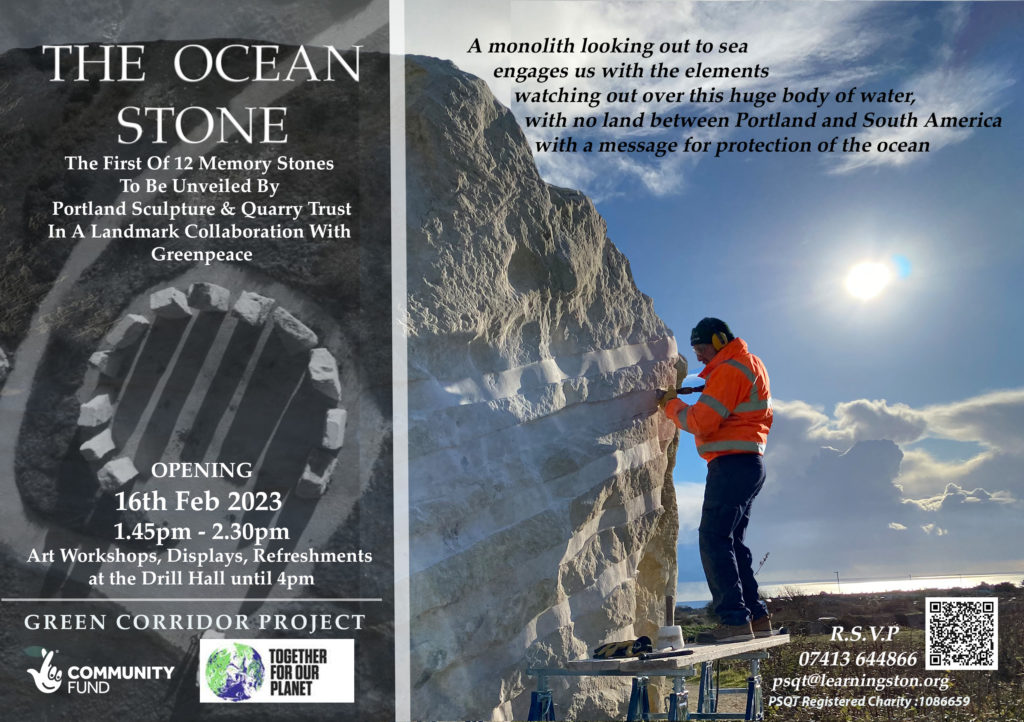
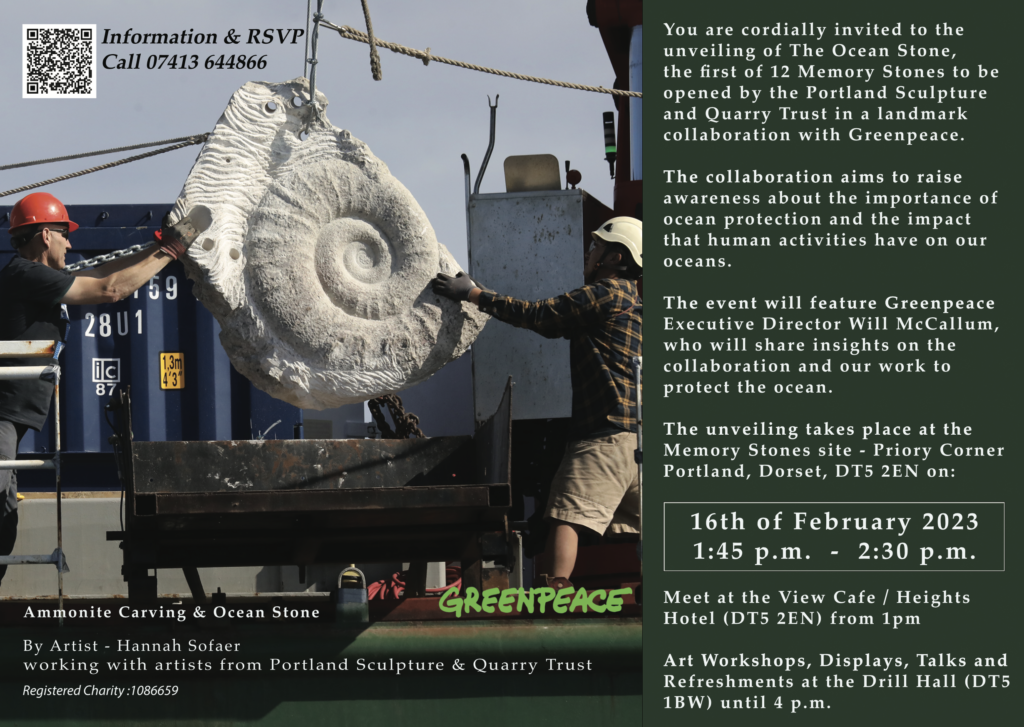
Introduction
Welcome to the Ocean Stone
This is the first of 12 Memory Stones by artist Hannah Sofaer to be unveiled
This work creates a legacy for the collaboration between Greenpeace and the Portland Sculpture and Quarry Trust (PSQT) to protect the ocean.
Working together to seek proper protection for the UK’s marine sanctuaries, Greenpeace built an underwater barrier of boulders to protect the seafloor from destructive industrial fishing. Artists from PSQT carved a large ammonite sculpture – a creature that once lived world wide with a message of their extinction as a warning of the impacts that humans are having on our ocean habitats and environment – and evocative of the ocean’s role in sustaining life for millions of years and of our responsibility to preserve it for future generations. They donated it to Greenpeace’s action. Now they have inscribed the Ocean Stone that looks out to the ammonite as part of the boulder drop at South West Deeps as a marker of our collaboration.
Artist Hannah Sofaer said:
“Here in Tout Quarry we have a long history of regenerating the land and believe art can bring people from different backgrounds and disciplines together to effect positive change. That’s exactly what we did with Greenpeace last year. The Ocean Stone stands as a record of this and also an invitation for visitors to look out to sea and contemplate our responsibility to protect the ocean for future generations. Unveiling this work now is significant because next week UN talks will resume to agree a strong global oceans treaty. It’s a crucial moment for us here in Portland and for the whole world.”
Greenpeace’s Campaign
Greenpeace takes action to protect the ocean, safeguarding marine life and human health and prosperity, now, and for future generations.
Most of the UK’s ocean sanctuaries (so-called Marine Protected Areas, or MPAs) are not actually protected, and destructive industrial fishing still happens within them. Now we’re calling for the government to properly protect our MPAs and show global leadership on ocean protection.
Throughout our campaign we have been working with artists in the southwest who are calling for ocean protection. These artists are engaging with the issue from many different perspectives, highlighting the importance of habitats for replenishing fish stocks, of safeguarding the livelihoods of sustainable fishers, and of educating children about sustainability and regeneration.
Ammonite
This summer we built an underwater barrier of boulders in the South West Deeps MPA to prevent destructive fishing there. In doing so we called for a ban on industrial fishing in our marine sanctuaries. We chose limestone as our material as it’s formed from the sedimentation of sea organisms, including plankton and shell building organisms such as oysters, starfish, urchins and corals. When these organisms die, they sink to the seabed and over time the sediment forms limestone – which is one of the world’s largest carbon sinks. This stone is full of fossilised biodiversity and you can see ancient sea and plant life in its layers.
Greenpeace wanted to collaborate with artists who work with limestone in a sustainable way, so we approached the Portland Sculpture Park and Quarry Trust (PSQT). who create environmental improvement through the work of artists, having saved Tout Quarry from further mineral extraction and establishing the first sculpture park in a quarry in the UK as a valued place for inspiration, discovery and learning. They keep alive the traditions of stone carving through courses for all skill levels in the context of the quarry from which it is sourced. Over 40 years PSQT has recorded a Living Land Archive of Portland’s changing landscape that supports a structure for interdisciplinary exchange and a proven model for regeneration.
The Memory Stones overlooks Tout Quarry Sculpture Park and Chesil Beach that connects Portland to the dramatic Jurassic Coast. The quarry is now also a nature reserve where locals and visitors come to walk and learn about wildlife, geology and stone carving while surrounded by more than 60 works of art by sculptors including Antony Gormley, Dhruva Mistry, Philip King and Shelagh Wakeley,
Artists from PSQT wanted to make a sculpture that would be evocative of the ocean’s role in sustaining life for millions of years and of our responsibility to preserve it for future generations. The artists proposed carving a giant ammonite, a sea creature whose distinctive shell can be seen fossilised in the limestone they work with. This once ubiquitous but now extinct creature serves as a warning of the impacts that humans are having on our ocean habitats and species. This sculpture was donated to the campaign by the artists and taken aboard Greenpeace’s Arctic Sunrise where it was returned to the ocean as part of our boulder barrier, an invocation of ancient sea life returned to the ocean to protect the ocean for future generations.
The ammonite boulder is placed in the sea. Greenpeace UK placed 18 limestone boulders on the seabed in the South West Deeps Marine Protected Area to block destructive industrial fishing. Campaigners and crew on board Greenpeace ship Arctic Sunrise sail to the western English Channel to make a portion of the South West Deeps off-limits to bottom-trawling.
The Ocean Stone
Continuing our collaboration with PSQT to create a lasting legacy for the boulder action in Portland, artists have created this inscription for one of the Memory Stones. Situated at the entrance to the Sculpture Park & Nature Reserve, the Memory Stones is an existing artwork by Hannah Sofaer, with each stone having its own significance that connects the historical, environmental, cultural and geological importance crafts and land use of Portland’s landscape to its future.
When inscribing the surface of the Ocean Stone, the artists emulated the movement of the sea by respecting natural waves on the surface of the Ocean stone. They prepared the surface of the stone by carving ribbons for the lettering that flow upwards invoking the potential for a positive future. They then carved the inscription on the stone commemorating our collaboration and our campaigns efforts to protect the ocean.
The work will be unveiled by Greenpeace UK’s Executive Director Will McCallum, alongside Ben Smith, Paul Crabtree , Kirby Stansbridge, and Michael Sinclair alongside a series of creative and educational activities engaging residents and local school groups around ocean protection, stone carving, the creation of a Green Corridor as a walk through geological time and the history of the quarry, the sculpture park, and the island.
5) Conclusion
Artists across the UK are engaging with ocean protection and echoing calls by campaigners and local people to protect the ocean. Our collaboration in UK MPAs links to the global goal of protecting 30% of the world’s ocean by 2030. For the UK to truly be global leaders in ocean protection we need more than protection on paper. We need to ban industrial fishing in UK MPAs, and protect the ocean now and for future generations.
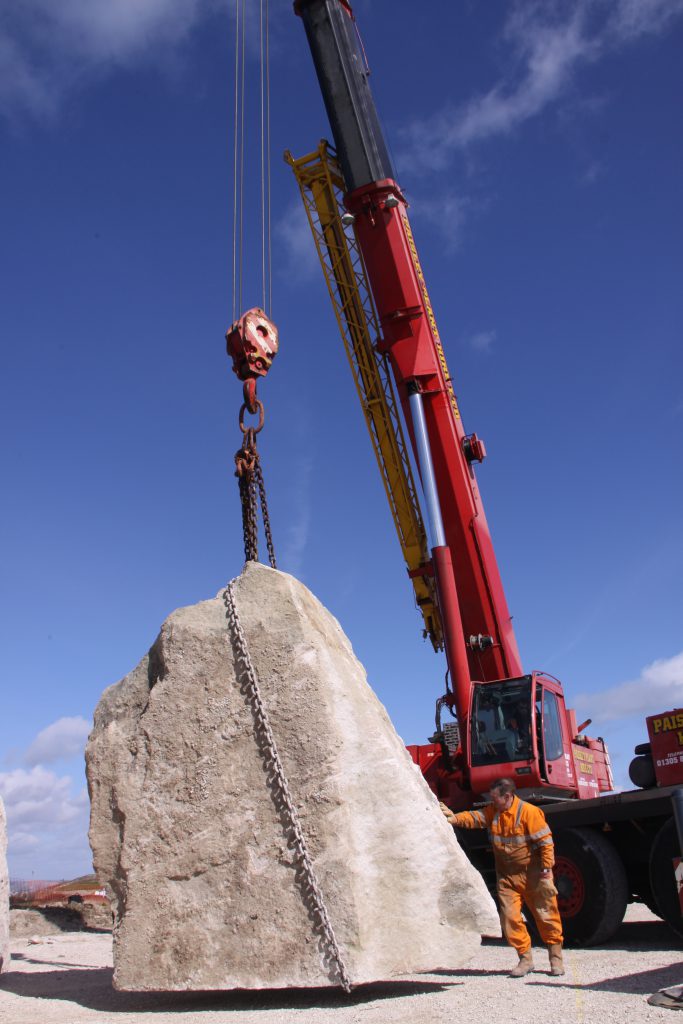
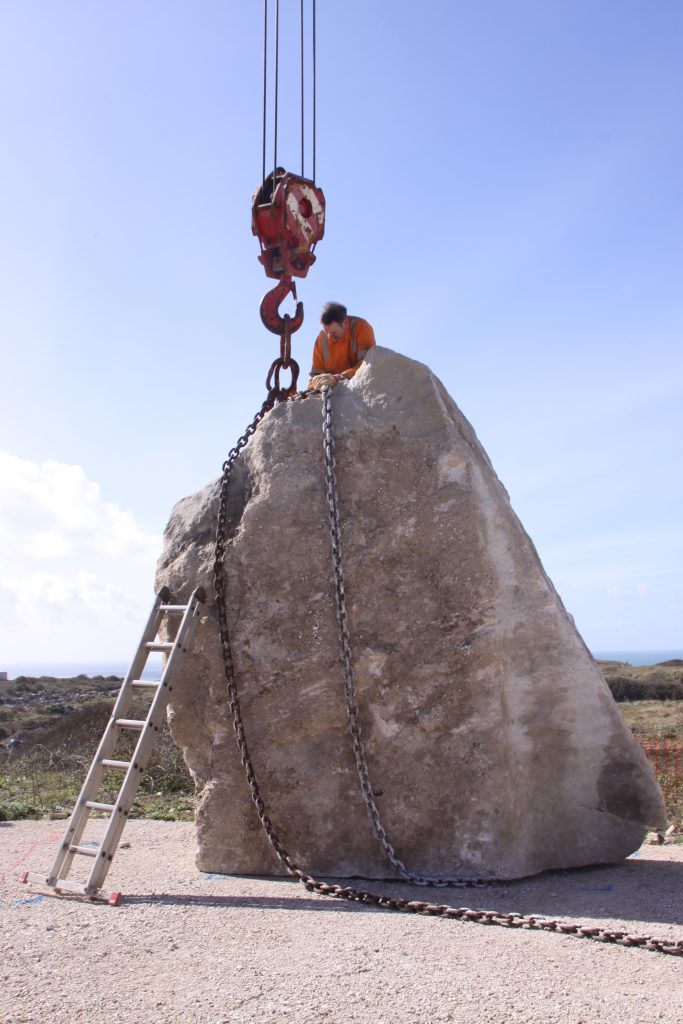
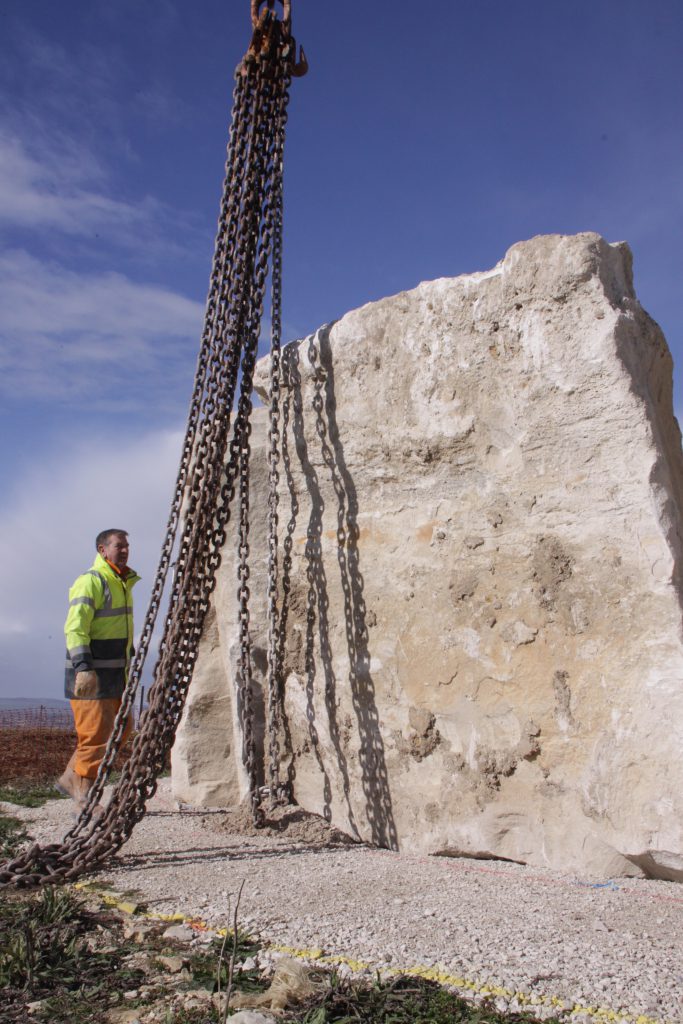
For more information about the artists
Artist Biography Hannah Sofaer studied Sculpture at Goldsmiths College, Chelsea School of Art and the Royal College of Art Sculpture School. She was one of the original artists who made work in Tout Quarry and went onto develop a physical and digital ‘Living Land Archive’ of Portlands landscape in continuous change. The archive as an interdisciplinary framework creates connections via a new model for regeneration with a circular economy that underlies the work of the Portland Sculpture & Quarry Trust.
Symposiums include: Singapore Festival of Arts; “Leaves without Trees” Art by Pass Newbury UK; “Forgotten Landscape” Asturias Northen Spain Sculpture in the North 4. Her recent work the ‘Memory Stones’ , consists of 12 large stones aligned to the passage of the sun as an arrival point to the island’s cultural landscape and curators space where site specific work can be accessed digitally via the stones themselves.
Hannah is a Freeman of the Worshipful Company of Masons and an observer on the WCOM Craft and Training Committee.
Follow Portland Sculpture Park on Instagram @learningstone
Follow Hannah Sofaer on Instagram #hannahsofaer
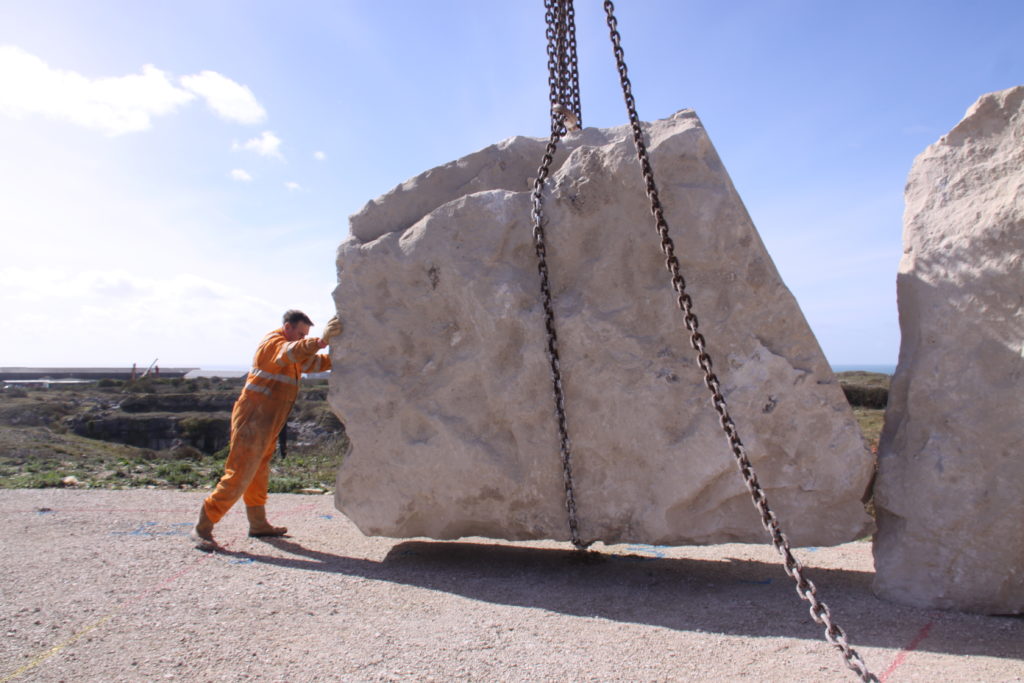
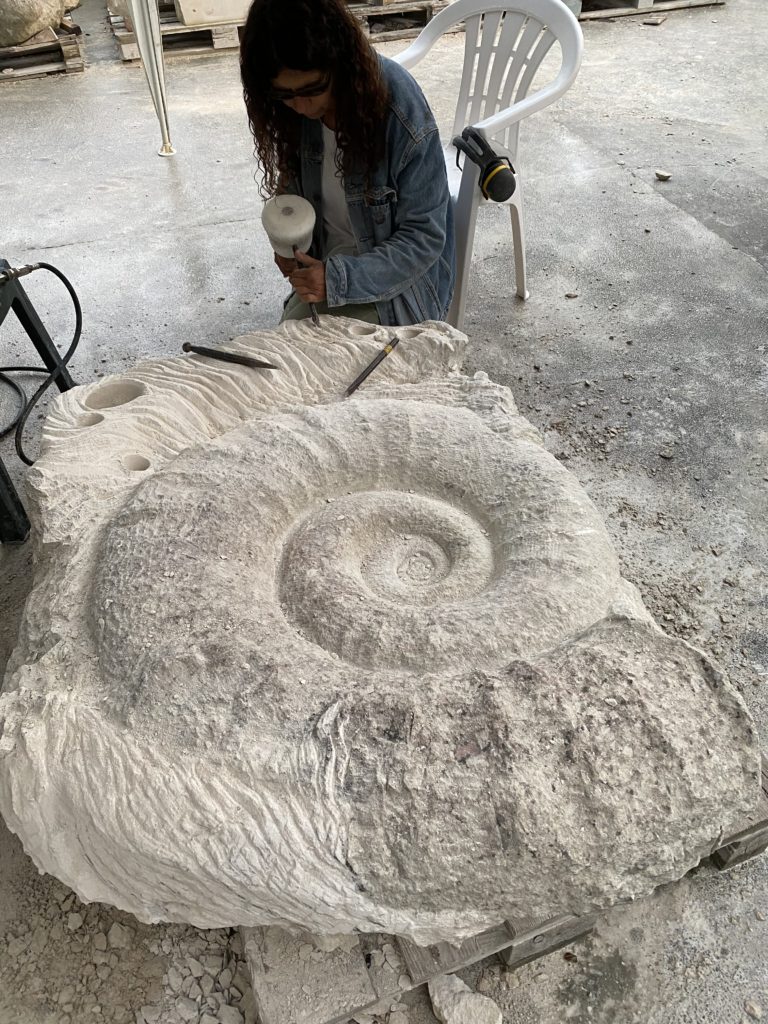
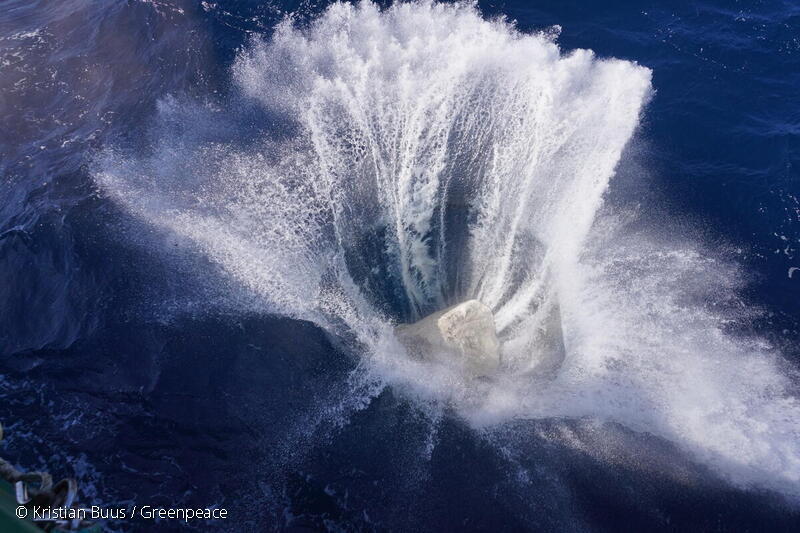
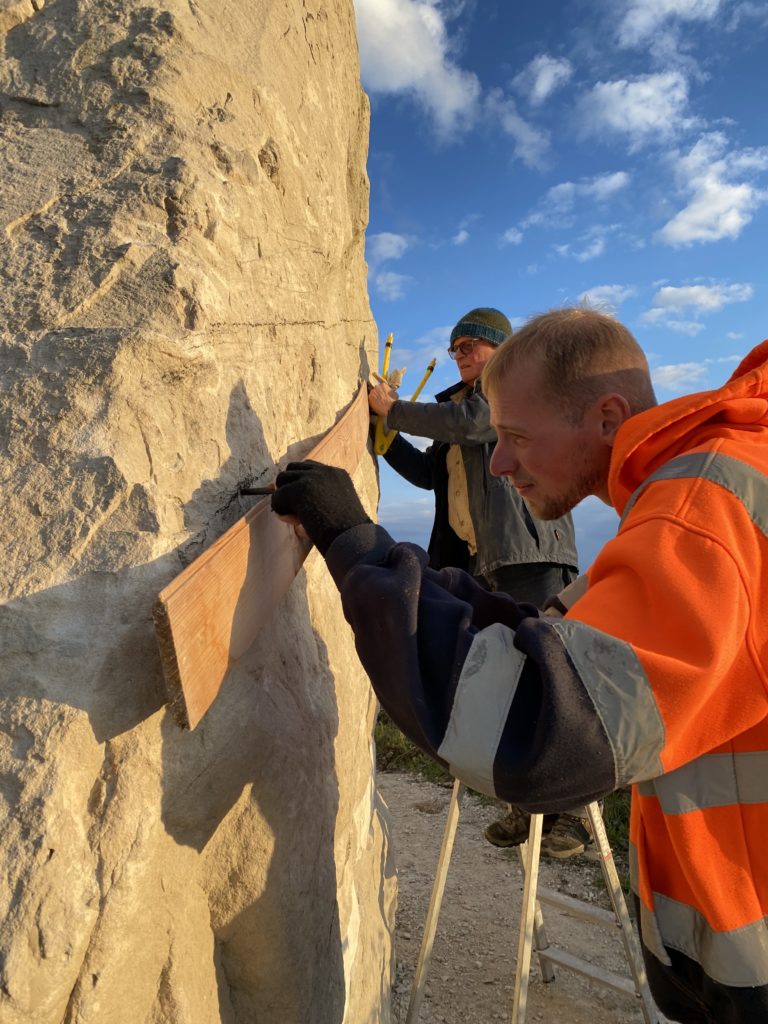
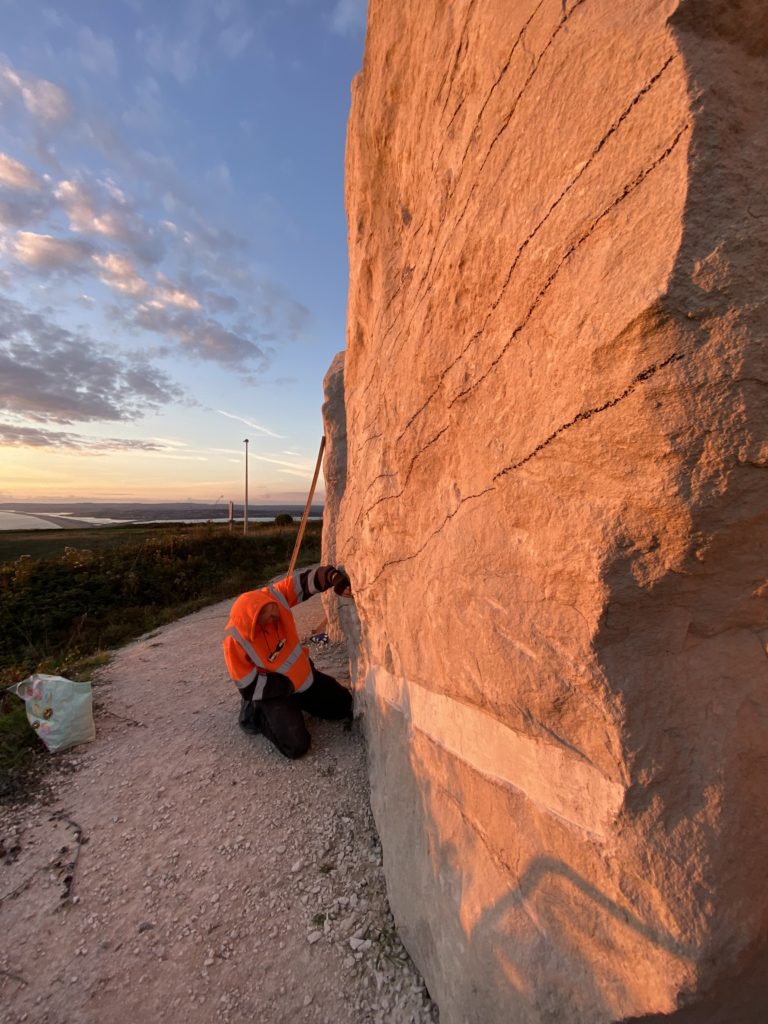

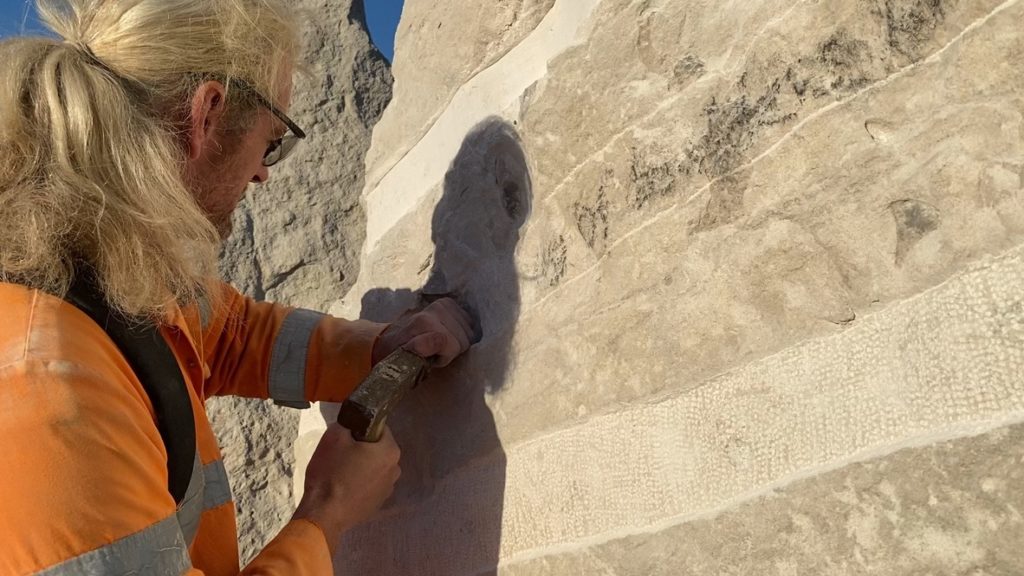

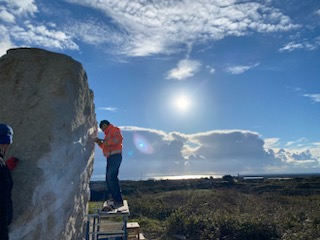
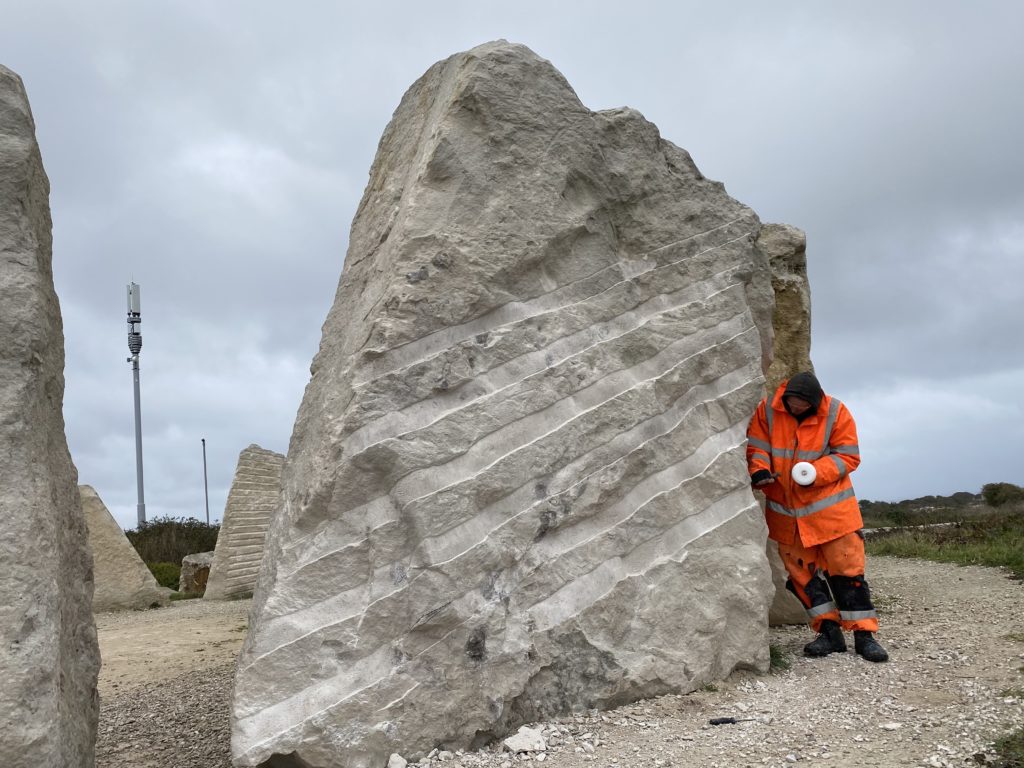
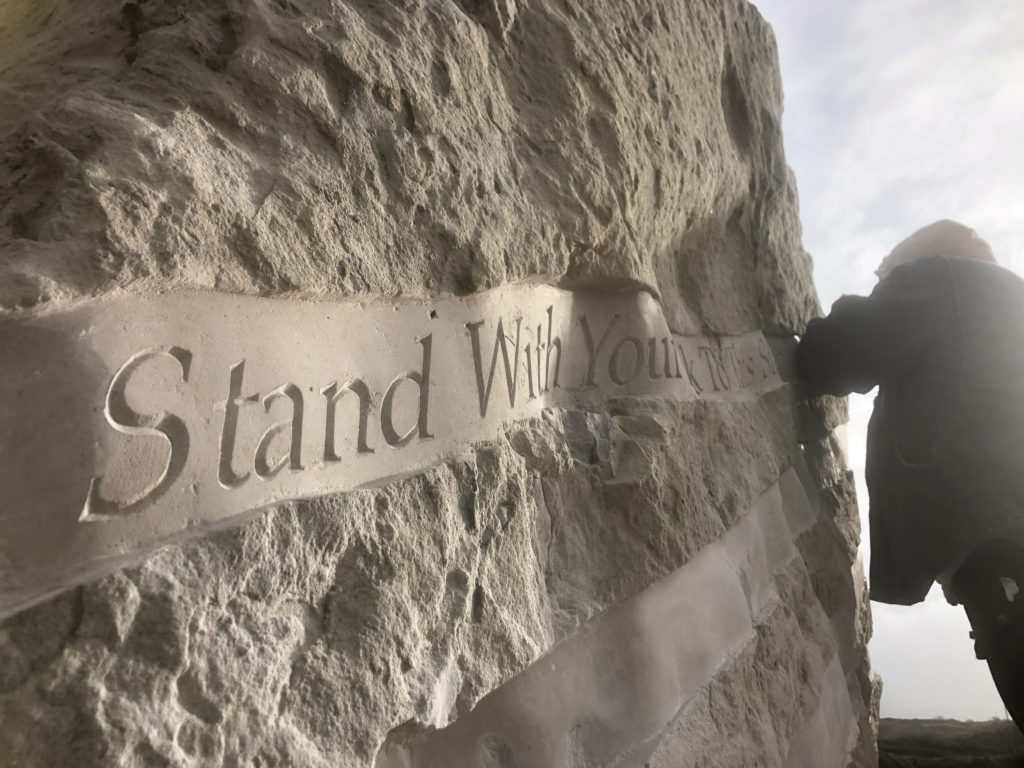
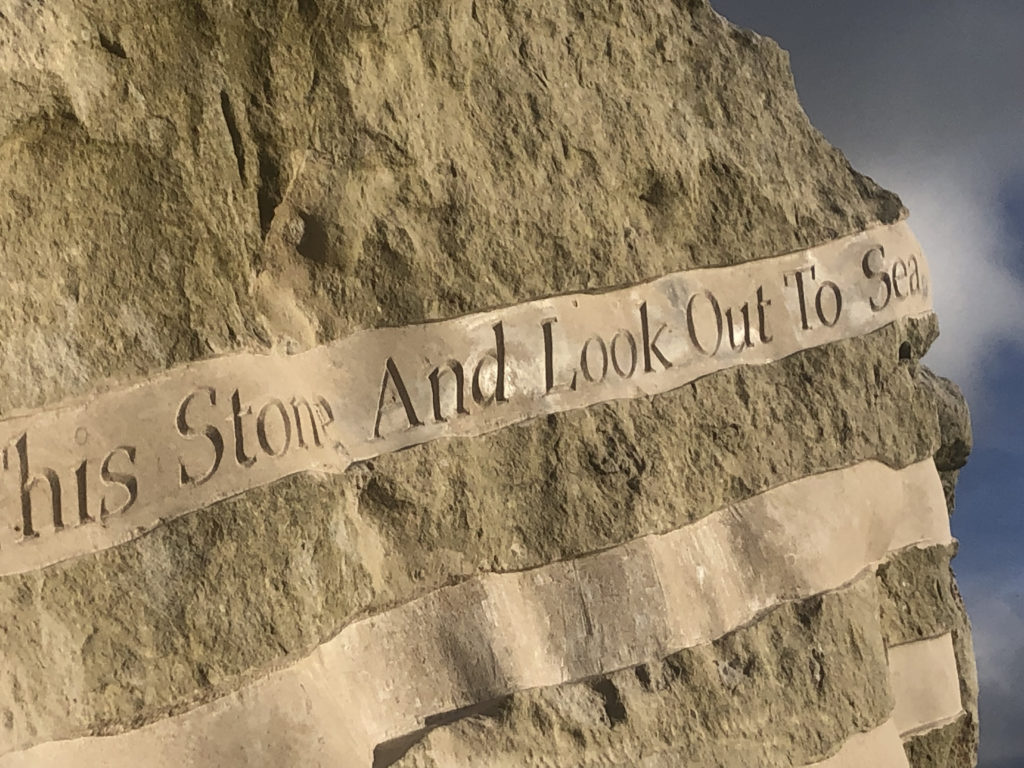
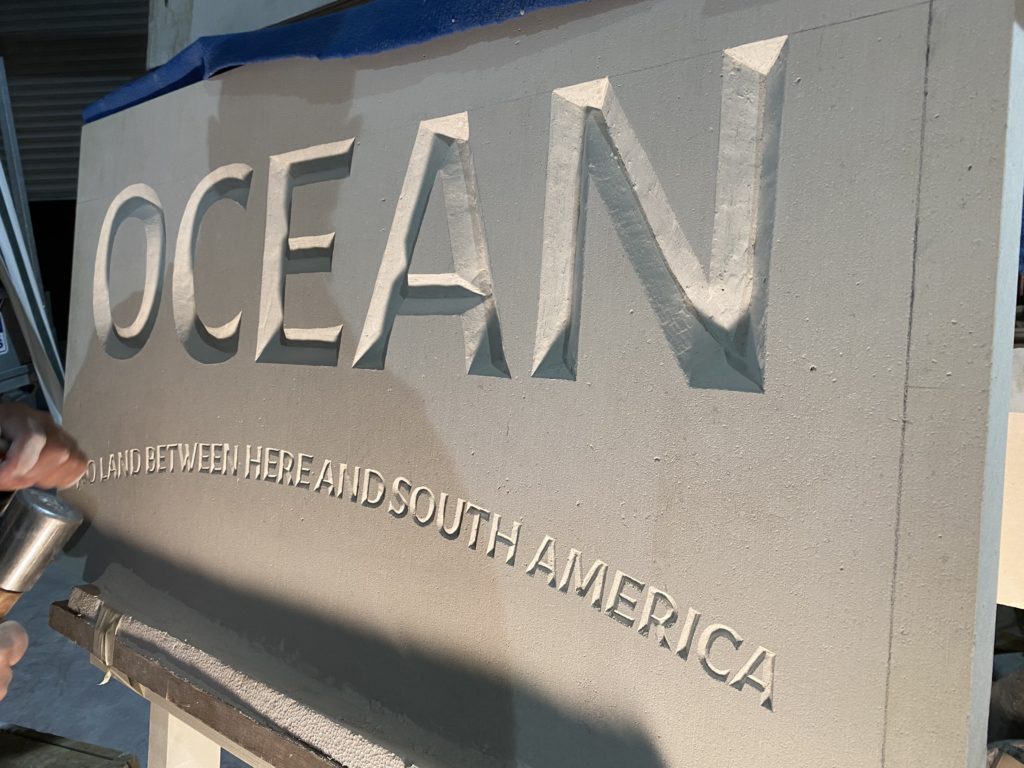
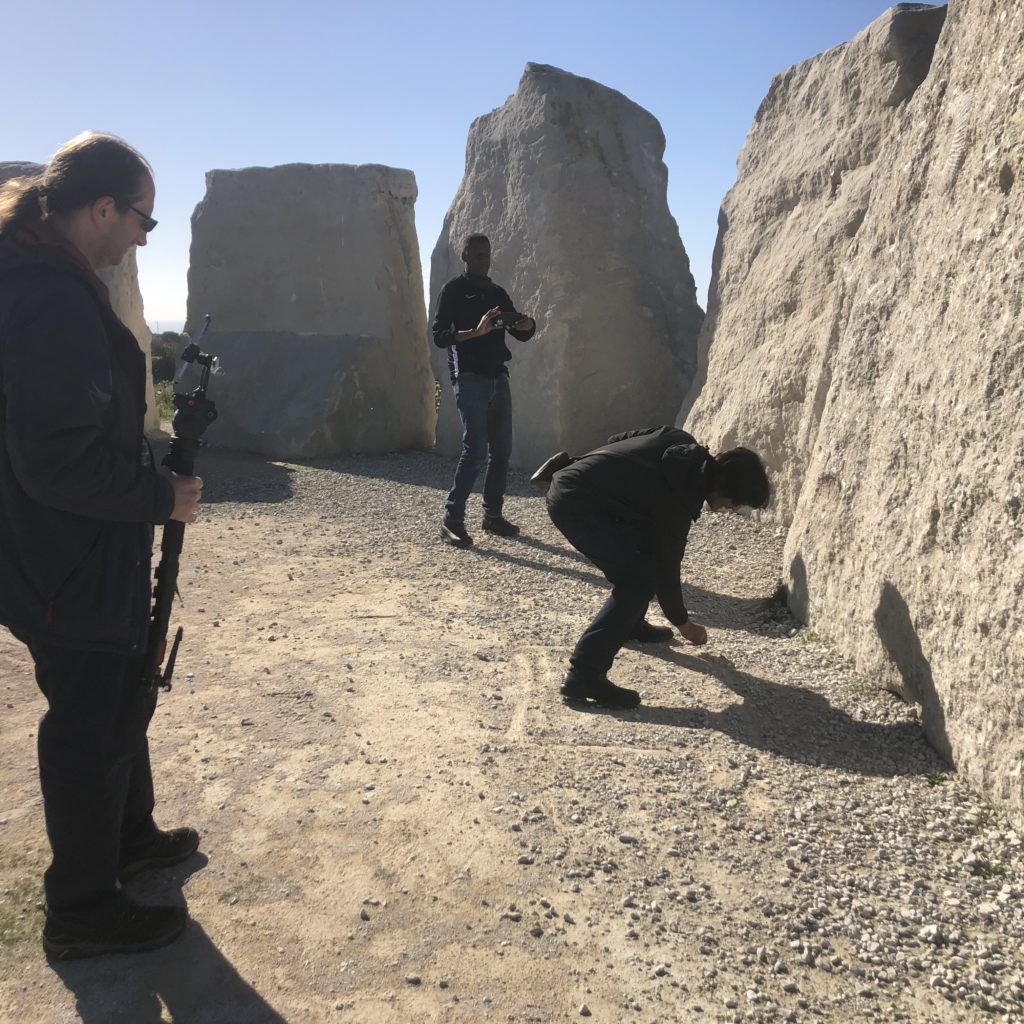
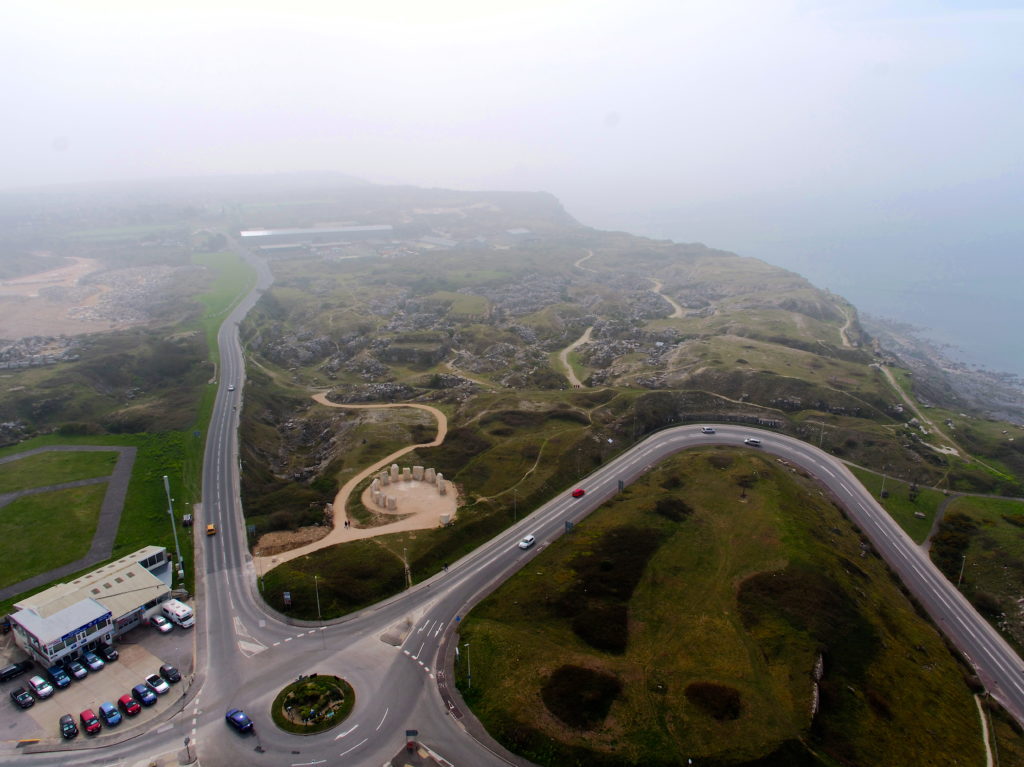
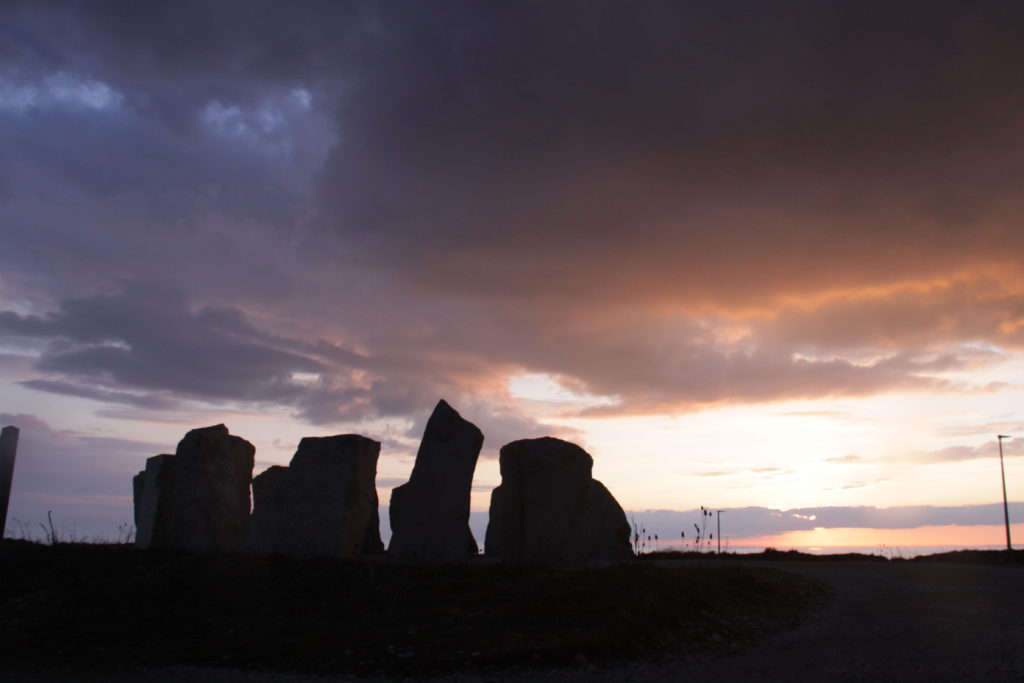
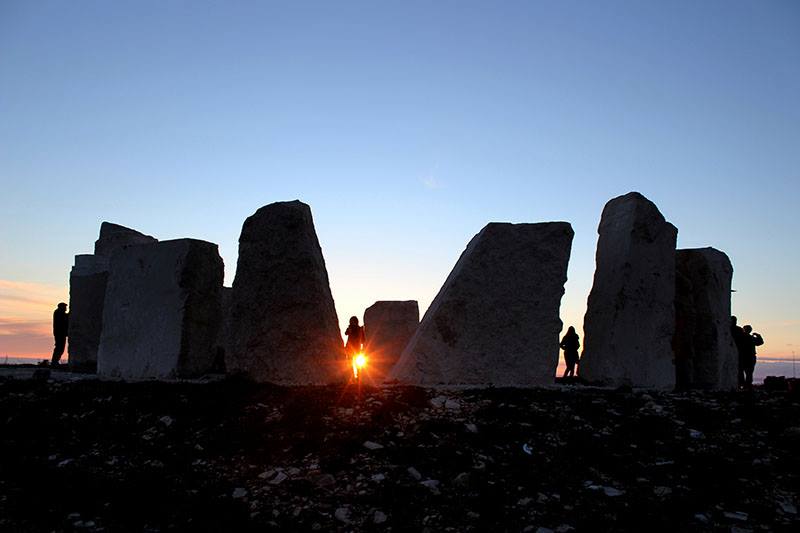


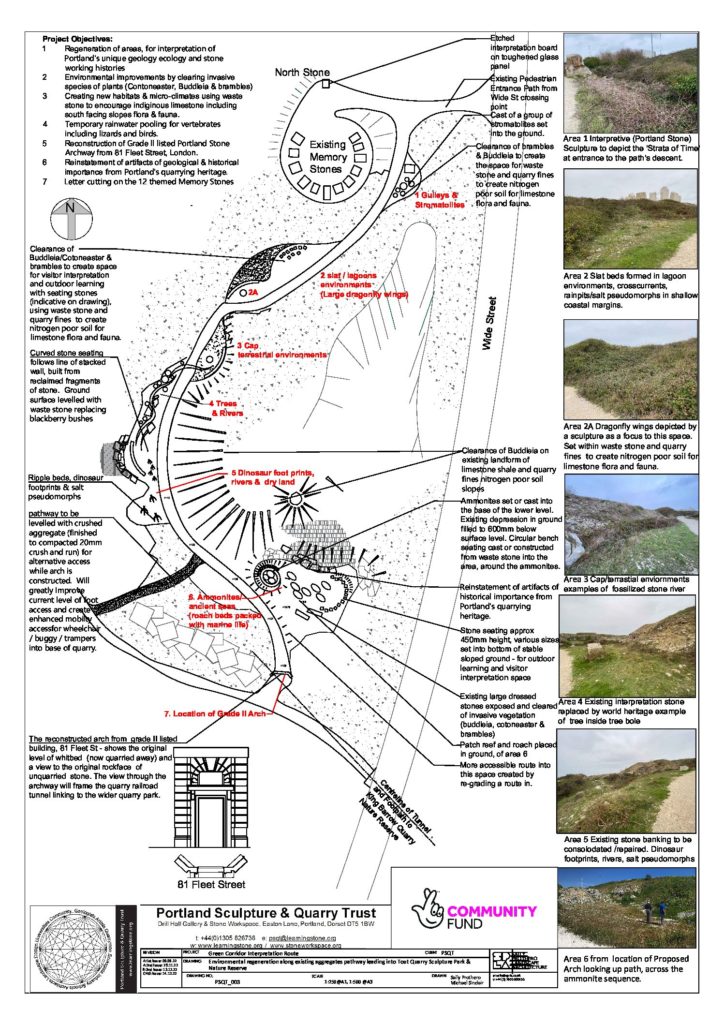
Credits list
Funders – DCLG Pocket Parks for Entrance and Groundworks. – Memory Stones Installation -Arts Council England, Dorset Wildlife Trust, Worshipful Company of Masons, Dorset Council Unitary Fund, Portland Court Leet, Portland Sculpture & Quarry Trust. Ocean Stone Plaque and Designs for Green Corridor – National Lottery Communities Fund Together for our Planet.
Lettercut inscription with NFC tag/QR Code to mark the collaboration between PSQT and Greenpeace project to safeguard the UK Marine Protected Areas from destructive indusrial fishing.
With special thanks to:
Ralph Stone Quarryman who installed the 22 ton Ocean Stone and PSQT artists who helped to realise it’s carved ribbons and lettercutting – Paul Crabtree, Kirby Stansbridge, Ben Smith, Phil Docherty, Michael Sinclair and Sakab Bashir for Ocean Stone Animation.
Green Corridor design workshops, GPS survey and the careful dismantling of Grade ii listed Archway from 81 Fleet Street to be re-erected as part of designs for the ‘Green Corridor’ enviornmental interpretation route from the Memory Stones to Tout Quarry – Keltbray, PAYE Stonework and restoration, Graham Brown grounworks surveyor, Sally Prothero, Vivienne Berry landscape architects. Laming & Sons Ltd.
Community design workshops and dance performance: Julia Sinclair, Eva Titherington, Christina McManus, Martha Court, Courtney Wood, Sian Alcock, Oliver Edenborough, Emma Phillips, Sally Kropacek, Angus Dawson, Hazel and Rob, Liliane, Isaac, Eva of Home Learning Group.